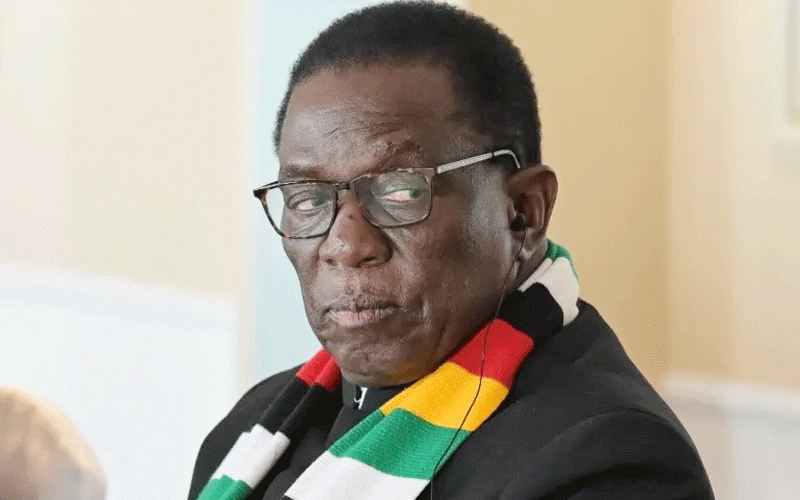
PENSION funds, the traditional sources of capital for business, are now wafer thin to underwrite the scale of funding required to propel industries forward.
Those that can fit into this description are swimming in liquidity but are careful not to plunge into risk given the fragilities rocking Zimbabwe’s shaky corporations.
The truth is, over 300 of these have slipped into bankruptcy in recent years following a job market bloodbath running over 25 years.
About 55 000 people were thrown into the streets in 4 600 firm shutdowns between 2011 and 2013 alone, according to official data.
At the peak of the deadly labour bloodbath in 2014, 10 firms were crashing monthly and 300 workers were losing jobs weekly.
This worsened flames in pension funds, which depend on contributions from labour. It looked easy back then when companies were collapsing at a scale never seen before.
But Zimbabwe was killing the goose that lays golden eggs when it allowed turmoil to overrun the markets. The sad thing is that this is continuing.
Now, with thousands of firms hunting for recapitalisation windfalls in a market that has been ripped apart by needless resentment towards business, the gridlocks are emerging. And the results would be dire.
- Mavhunga puts DeMbare into Chibuku quarterfinals
- Bulls to charge into Zimbabwe gold stocks
- Ndiraya concerned as goals dry up
- Letters: How solar power is transforming African farms
Keep Reading
The picture becomes gloomier if stock market turbulences are factored in. Over ZW$2 trillion has been wiped out of the Zimbabwe Stock Exchange since April. Yet the oceans are not clearing.
Firms listed on these stock exchanges tap into substantial capital for expansion — bourses have always been the most consistent and viable capital markets.
This is true in Zimbabwe, where appetite for rights issues have been eroded by prolonged upheavals, while private placements have generated lukewarm responses.
Banks — sitting on a US$1,7 billion war chest at the end of July 2021 — have long abandoned Zimbabwe’s industries. They too cite aggravated risks, and rightly so.
But even if they wanted to take risks, the 200% policy rate is a sure roadblock. More blows could be on the way, unless authorities wake up and smell the coffee.
This is why Delta Corporation chief executive officer, Matlhogonolo Valela, told a meeting of industrialists last week that this market has been butchered by prolonged downs. Very few big corporations can raise as little as US$5 million if they wanted.
The hurdles to accessing capital in Zimbabwe are too many.
In Zimbabwean dollar terms, total advances to the market rose to ZW$603,1 billion at the end of June, from ZW$82,4 billion in December 2020. But this falls far short of a figure of US$2 billion that the manufacturing industry alone requires to return to full production.
The mining industry requires not less than US$5 billion.
It is not surprising that the country has been stuck in this downturn for so long. It is also not surprising that except for mines, more capital has flown out than foreign direct investment (FDI) inflows.
These handicaps will continue bleeding Zimbabwe for far too long.










